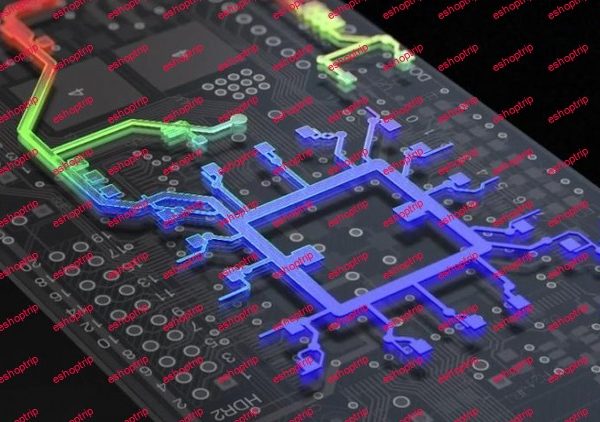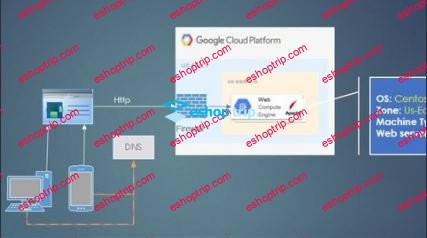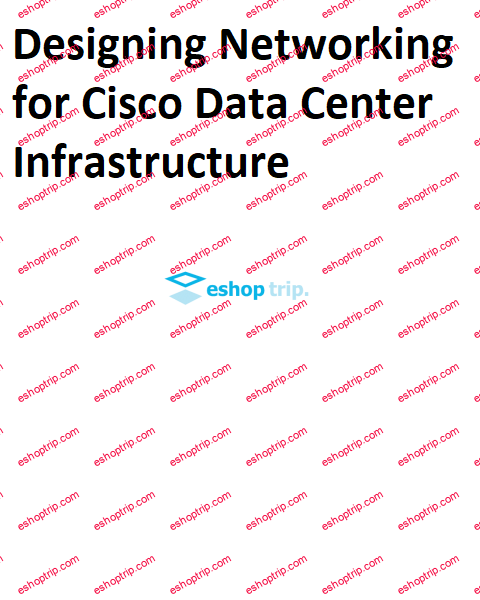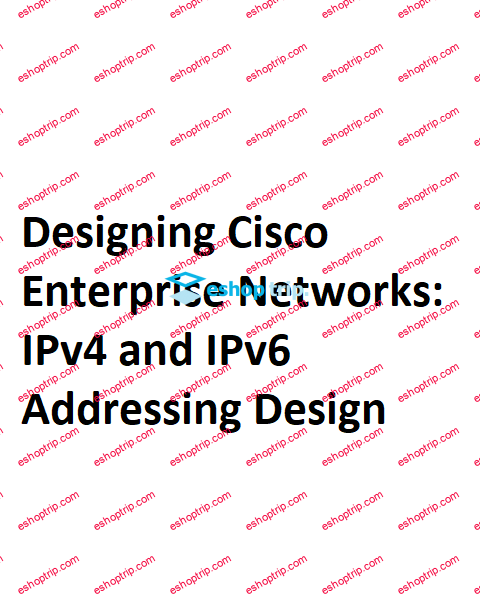English | Size: 22.44 GB
Genre: eLearning
12+ Hours of Video Instruction
Overview
To build the networks used throughout the world you must understand the single most important networking protocol: Internet Protocol, or IP. IP itself has several components, most notably IP addressing, IP routing, IP routing protocols, and of course, IP subnetting.
Unfortunately, learning IP subnetting can be a big challenge. For example, IP subnetting includes many interwoven ideas, and many common tasks in networking require knowledge of those fundamentals. However, output and figures that describe IP networks do not describe the underlying concepts; they just list the numeric facts about addresses and subnets. Without proper background knowledge, people can struggle to connect the facts to the ideas and make the correct conclusions.
Additionally, subnetting math causes the kinds of challenges to both new learners and long-time IT practitioners. Subnetting math works a lot like math word problems did for us all back in school. Thankfully, all the subnetting math can be understood with a little explanation and practice. However, subnetting includes enough different ideas, terms, and math processes so that you might struggle in choosing what number you need to find, what math process to use, and what the results mean once calculated.
This complete IP version 4 (IPv4) subnetting course sets out to solve these problems. The course works through a series of topics about some big ideas, followed by the related subnetting math, and then has available practice for you to build the skill level you need for your purposes. No matter your motivation or current job role, this course helps you
Learn subnetting: Understand the ideas and terms in each part of IPv4 subnetting, how to use the ideas in the related mathematical processes, and the purpose and meaning of the facts learned by those processes.
Do subnetting: Work through a sequence to first learn by seeing the process, and then transition to doing the process through practice problems with video explanations, internalizing the process so you can do it on your own.
Go faster at subnetting: For those who work with subnetting math every week, or who are studying for certification exams, you must also practice to become fast at these processes. The course discusses speed goals, how to practice for speed, and how to set reasonable speed expectations.
Whether you just want to finally understand subnetting, want to finally be able to do the math, or need to be ready to breeze through the Cisco CCNA exam, this course can help you master IPv4 subnetting. Be better at understanding the ideas, have better conversations at work, be more effective at troubleshooting, reduce the time pressure on Cisco examsall these can be achieved with this course.
Learn How To
Understand how the subnet ID and subnet mask together represent a subnet.
Identify and describe IPv4 addressing and subnetting processes that can be used to reveal facts about a TCP/IP subnet.
Understand the concepts, and perform the math to find a subnet ID and subnet broadcast address, and find the range of IP addresses in the subnet, beginning with an IP address and mask.
Understand the meaning and purpose of subnet masks, and perform the math to manipulate masks into different formats.
Describe the details of the IPv4 address space and address classes, and predict facts about a class A, B, or C network.
Understand the differences between the choices enterprises make when using entire public IP networks, entire private IP networks, and/or smaller public CIDR blocks in their enterprise networks.
Analyze and describe a corporate subnetting plan, using correct terms and math processes about the number of subnets in the design, the number of host addresses in each subnet, and the possible subnet IDs per the design.
Describe how a subnet mask controls the specifics of a subnetting design.
Analyze the mask used in a design to determine the number of subnets created and the number of hosts per subnet.
Develop a personalized plan for the degree to which you plan to learn each subnetting math process for everyday use and for any upcoming exams.
Describe what it means to use Variable Length Subnet Masks (VLSM) and how using VLSM impacts various subnetting processes.
Who Should Take This Course
IT professionals who want to understand subnetting concepts and the math, even if they choose to rely on a calculator after class
Networking professionals who need to master subnetting concepts, understand all the math, and perform at least some of the math processes on their own without a calculator regularly in their jobs
Network certification candidates (Cisco CCNA, CCNP, CompTIA Network+, and so on) who need to be ready to do the math, with no calculator and no reference information, at speed, at least for exam day











Reviews
There are no reviews yet.